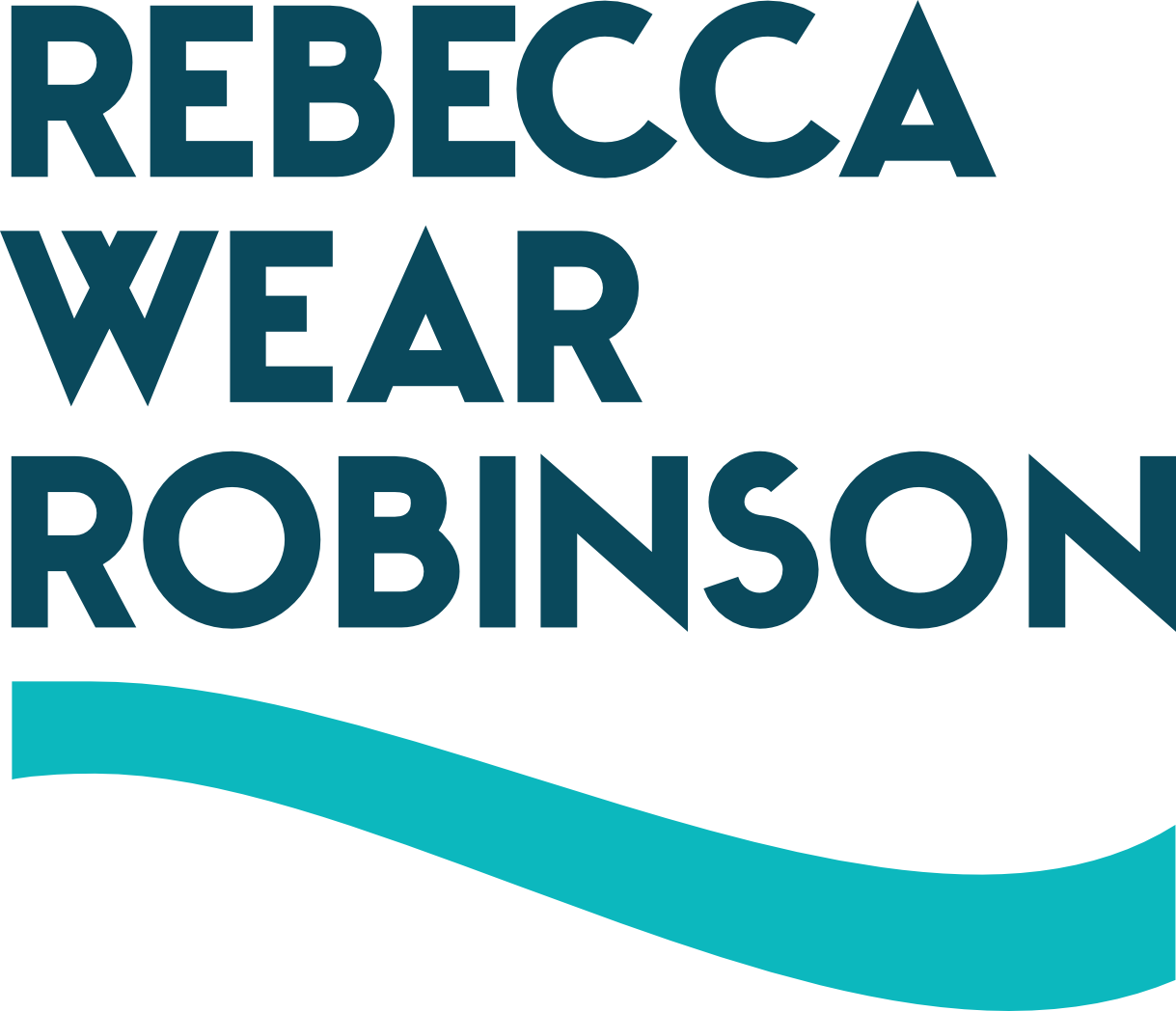Build for the Future
Tips for creating sustainable social change
Destruction is easy. Building is hard.
Destruction is fast. Building takes time.
We know this, but we don’t apply it to social change.
Too often we are yanked around by our emotions.
We react to rights being taken away or injustices being committed. Fear and anger spur our behavior. We are constantly manipulated into reacting, forgetting to take a deep breath and act intentionally and strategically.
We know what we don’t like. We know what we want to change. The urgency and the strong emotions keep our adrenalin flowing, no time to do the boring work of creating a vision, much less and a solid implementation plan. There is no time for that when the planet is burning, people are being killed, rights are being decimated, all we hold dear is being threatened.
We walk right into the trap of reacting, not acting. Our reptilian brain goes on high alert, spurred by the news, social media, inflammatory language and images. Our prefrontal cortex responsible for complex thought, strategy, and long-term vision gets trampled, left gasping in the dust, while our detractors giggle on the sidelines as they toss a few more emotional grenades into the mix to keep the chaos churning.
Nature abhors a vacuum.
The competition to change wants nothing more than for you to be sucked into the vacuum - constant reacting, destroying, throwing up slap-dash temporary structures.
Outside of our emotional chaos, we understand what is needed. We see a house slated for demolition and know that within a day or two, there is nothing left but rubble. Once the rubble is cleared, plans need to be drawn up, the foundation dug, the concrete poured, the framing starts, the roof goes on, the windows go in, the finishing work begins. It can take months to build a new house.
Social change requires having the same thoughtful vision for the future. A calm, measured, clear vision. Thinking through how all the pieces work together. Planning permission. Strategy. Identifying all the potential collaborators. Anticipating resistance to the change. Coordination with all the different specialties and workers. A timeline. Funding. A plan to measure progress, to see what is working and what is not working as planned.
What is your vision for the future?
Do you have blueprints? Have you thought about how you want to live in your future?
Do you have leadership to keep everyone moving in the same direction?
Have you coordinated with all the specialties and collaborators?
What about funding?
The drama of breaking the old system, the destruction and putting out fires, may get the blood pumping, but a ‘boring’ structure that is built to withstand the storms of change gives you someplace to live permanently.
What would you rather have? Constantly fighting fires and piling sandbags to keep change from destroying your house or curled up on the sofa with your pets and loved ones in your new home?
Plan.

